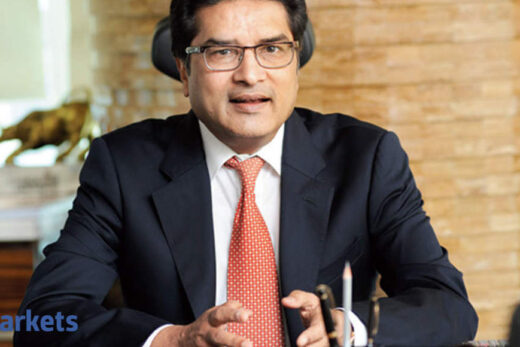What are your key takeaways from the policy?
Key takeaway is that we are getting close to normalisation. RBI feels that some of the objectives in terms of sustainable recovery of growth are still not there but we are probably close to getting there.
But RBI has moved in terms of normalising the price of liquidity to some extent. The increase in the amount of 14-day VRRR is signalling that they are moving closer to normalisation. First stage would be to increase the absorption through normal routes.
Then at some stage, they will restore the market timings and then the liquidity operations would become more normal and eventually we will get a narrowing of the corridor most probably in December and February policies by hike in reverse repo rate.
We have seen that today the 10-year benchmark has crossed 6.30% because of disappointment around no GSAP. What was the market expecting?
Yes, there were some expectations that GSAP or OT programme will continue but the market was taken a bit by surprise in terms of nothing coming on GSAPs. The signal is that markets should start trading without the upfront support from GSAPs and the yield curve is fairly steep and demand should come from investors at the current levels. RBI seems to be moving in line with the Fed by first tapering the asset buying and will then move towards normalising policy rates.
What is your range for the 10-year going ahead over the next two-three months?
I think 6.25-6.40% is the range. The good thing is the market is trading even today, the volumes are fairly good and there are no signs of dislocation.
I am taking it as a signal that this market is okay with this range of the 10-year. It might take a week-10 days, but eventually the market will find this range and settle in it.
Which segment of the bond yield curve would you recommend right now?
Rather than bonds, the short-end OIS looks like a better place to go long because RBI has shown that any normalisation will be gradual. One year, two year OIS look like better parts of the curve to go long. I mean the curve will get steeper. Obviously one has to watch out for what happens on global commodity prices, especially energy prices, which are seeing a fair bit of volatility right now.
If the dislocations which are happening globally in terms of energy prices — be it on oil or natural gas — continue, then there will be worries around inflation and ndia’s CAD.
But again, taking a very long term call because of supply disruptions which are happening due to the pandemic is risky because eventually these are very short term moves and can reverse very quickly. At this stage, I think the only thing clear to us is that RBI would kind of go slow.
The short end on the swap curve is looking very attractive because it has already moved up significantly and RBI is still not saying that they are looking at normalising the policy rate. I think they will narrow the corridor but the policy will remain accommodative.
By the end of FY22, the policy corridor could be 3.75-4 % and yet the monetary policy stance will be accommodative. It is just the narrowing of the corridor which happened because of the exceptional situation which the pandemic created. The first step would be to remove that kind of accommodation and the policy can still remain accommodative.
Eventually, when RBI is absolutely comfortable or if inflation seems to be getting stuck in a handle which is above 4%, RBI could move on the repo rate at some later stage but the thing is that there are too many uncertainties still in the system.
How do you think that the demand supply dynamics in H2 will work out as we have lower borrowing in H2 but do not have an upfront commitment in terms of G-SAP?
The liquidity surplus is still high. I think the demand supply situation will match up, especially at the long end (30Y and 40Y) the demand should be good.
At the very short end also the demand is strong and the supply is very limited. So that is not a problem. We will have to see what kind of support one sees in the 10 and 14-year segment. That is the one which will require some support and it will keep coming sporadically through OTs.
Is the market prepared for normalisation?
I think so. I think the levels have adjusted. All curves have moved up by 20-25 bps in the last 10-15 days so I think the market is adequately prepared.



